Have you always wanted to get into amateur ham radio, and finally pulled the plug and bought your own amateur radio equipment set? Well now comes the challenging part: figuring out how to use it properly.
You’ll most likely make several mistakes in the beginning, as it is with any new hobby or interest. However with diligence and practice, you’re sure to become an experienced ham radio operator in no time.
Here are 3 of the most common mistakes first-time ham radio operators make, and how you can avoid them.
1. Not speaking clearly
A top mistake when using ham radio equipment for the first time is not speaking clearly – and it’s a mistake advanced or experienced users may accidentally make too! While you might be used to speaking in your usual tone and speed of voice on your smartphone, you will need to be more conscious of how you’re speaking when using a ham radio.
Here’s how you can ensure your message is heard loud and clear:
- Hold the microphone or radio about 5-7 cm away from your mouth
- Always aim your voice at the mic when speaking
- Speak clearly and enunciate
- In emergency situations, stay calm and continue to speak with a measured voice so your message won’t get lost in transmission
2. Using incorrect programming
If you’ve wanted to get into ham or amateur radio for a long time, you’ll understandably feel very excited to finally have your own ham radio equipment set. That often leads to a common rookie mistakes by first-time ham radio operators, which is getting overexcited and using the wrong programming or settings on your device.
Even if you’re excited to dive into the world of ham radio, it’s best to start with the basic controls of ham radio equipment. Don’t get too carried away with all of the additional features your ham radio set offers just yet. Instead, figure out how to get the Frequency, Offset, and Tone configured to suit your local repeaters and frequencies first. Once you’ve gotten the hang of this, you can move on to exploring all of the exciting features your transceiver has in store for you.
3. Not practicing with your radio enough
Many people buy amateur radio equipment in case of an emergency, and fail to familiarise themselves with the equipment by the time an actual emergency occurs. Even if you only intend to use your set under dire circumstances, you should take the time to understand and practice with the equipment the moment your radio set arrives. This ensures that you will feel well-prepared to use your ham radio in an emergency.
You might also feel overwhelmed or intimidated by your new equipment at first, and hence uncertain about using it. Start small by reaching out to other ham radio operators in your area, or occasionally scan for frequencies to find one that has some activity. You might not always get a response back, but these attempts will add up over time and build your confidence in using your ham radio.
Buy Ham Radio Equipment and More at Tecomart
Tecomart is a trusted and reliable radio communications equipment supplier in India for amateur and professional usage alike. Shop a wide range of amateur ham radio equipment on our online store including amateur HF radio transceivers, two-way radio repeaters, amateur handheld radio transceivers, and more.
Get in touch to find out more about our products or get a quote, or check out our FAQs. Read our blog for more useful information on communication equipment, such as whether an antenna rotator system is necessary for you and how to choose radio communication equipment for land or sea.

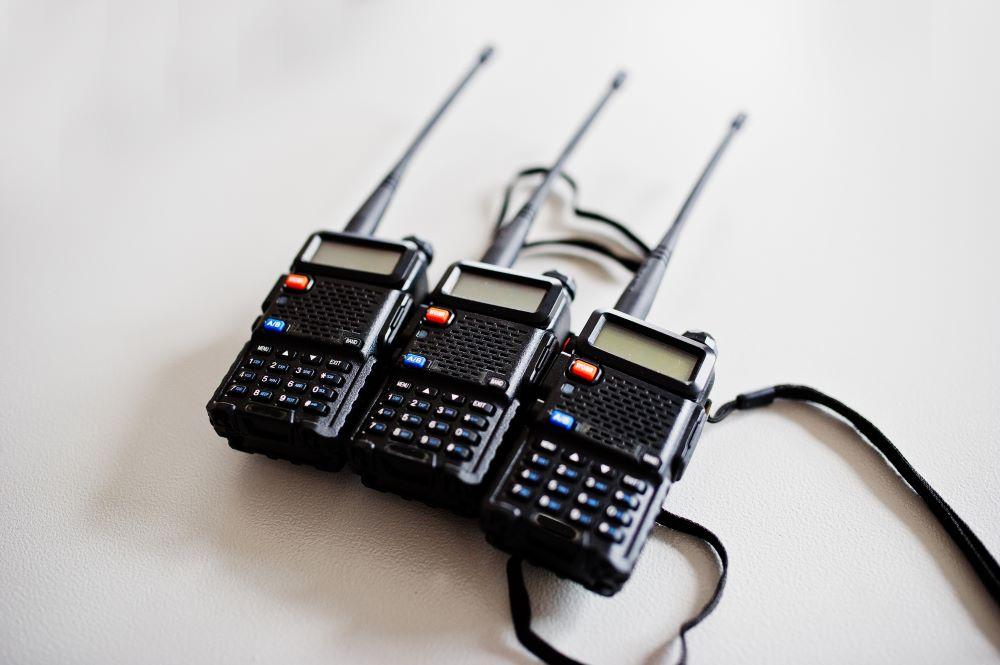
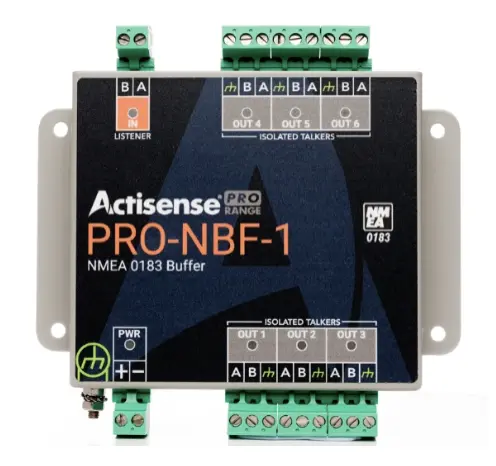

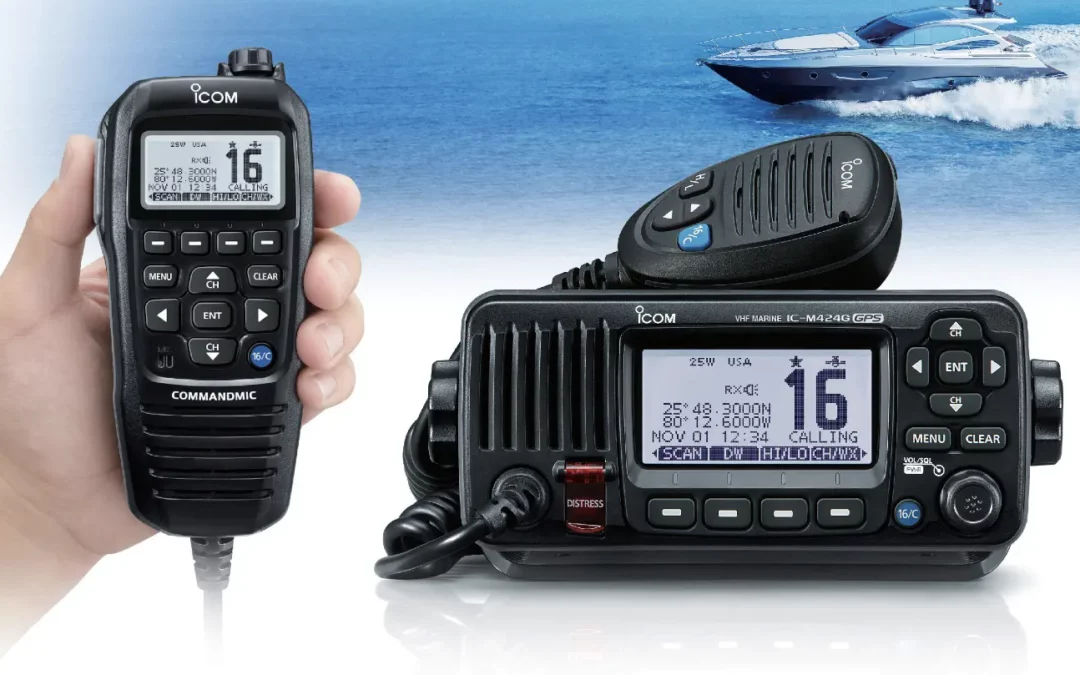
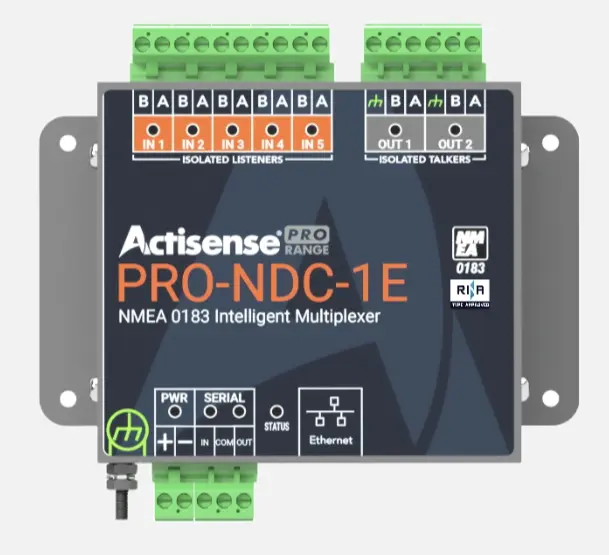
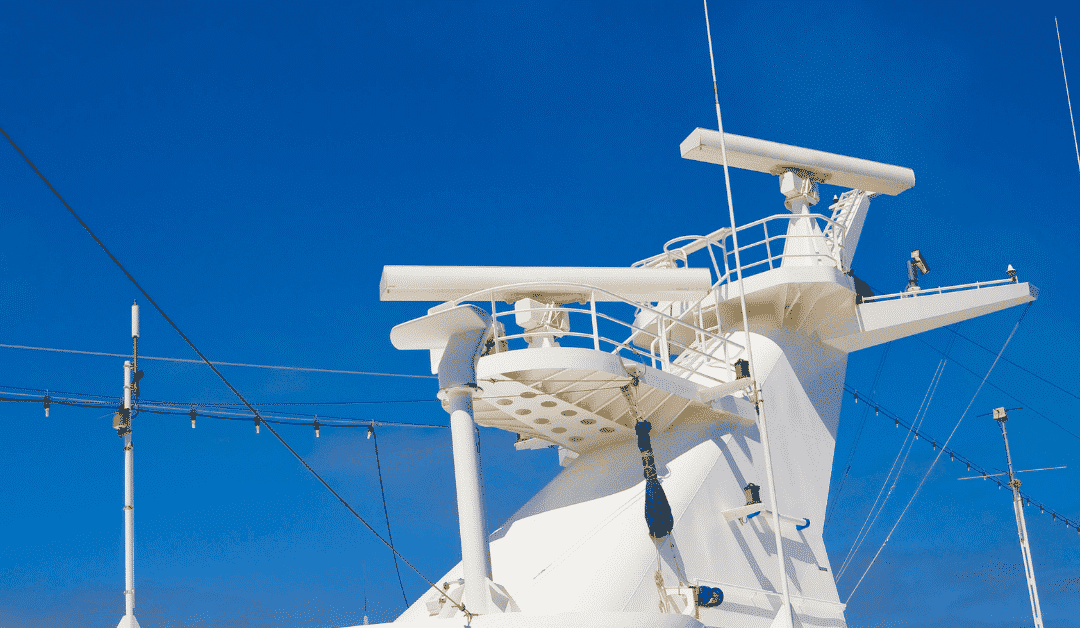

0 Comments